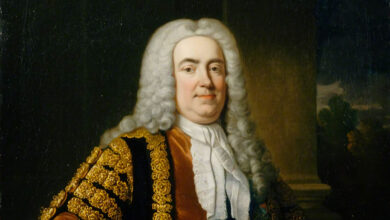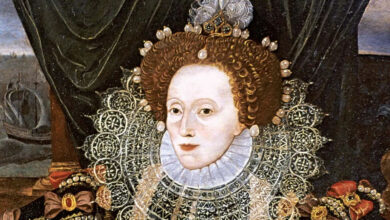Queen Mary II, a co-reigning monarch who helped usher in a period of relative stability in England, was born on April 30, 1662, in London. The daughter of the controversial King James II and his first wife, Anne Hyde, Mary’s life would be inextricably linked to the tides of religious and political turmoil in 17th-century England.
Raised a Protestant in a household that later converted to Catholicism, Mary was caught in the middle of religious tensions. In 1677, she married her Protestant cousin, William of Orange, the stadholder of the Dutch Republic. This strategic marriage was intended to strengthen ties between England and the Netherlands.
The turning point in Mary’s life came in 1688, when her father, James II, faced accusations of favouring Catholicism and attempting to establish absolute monarchy. Fearing a return to Catholicism, Parliament invited William and Mary to invade England in what became known as the Glorious Revolution. James II fled, and William and Mary were jointly proclaimed monarchs in 1689.
Queen Mary’s reign, alongside her husband, William III, was marked by efforts to restore stability and establish a constitutional monarchy. The Bill of Rights of 1689, a landmark document, limited the monarch’s power and established certain rights for Parliament. Mary, known for her intelligence and moderation, played a crucial role in uniting factions and promoting religious tolerance.
However, Mary’s reign was tragically short-lived. She died of smallpox at the young age of 32 on 28 December 1694 at Kensington Palace. While her husband William continued to rule alone, Mary’s legacy as a co-monarch who helped usher in a new era of political and religious compromise in England endures.




